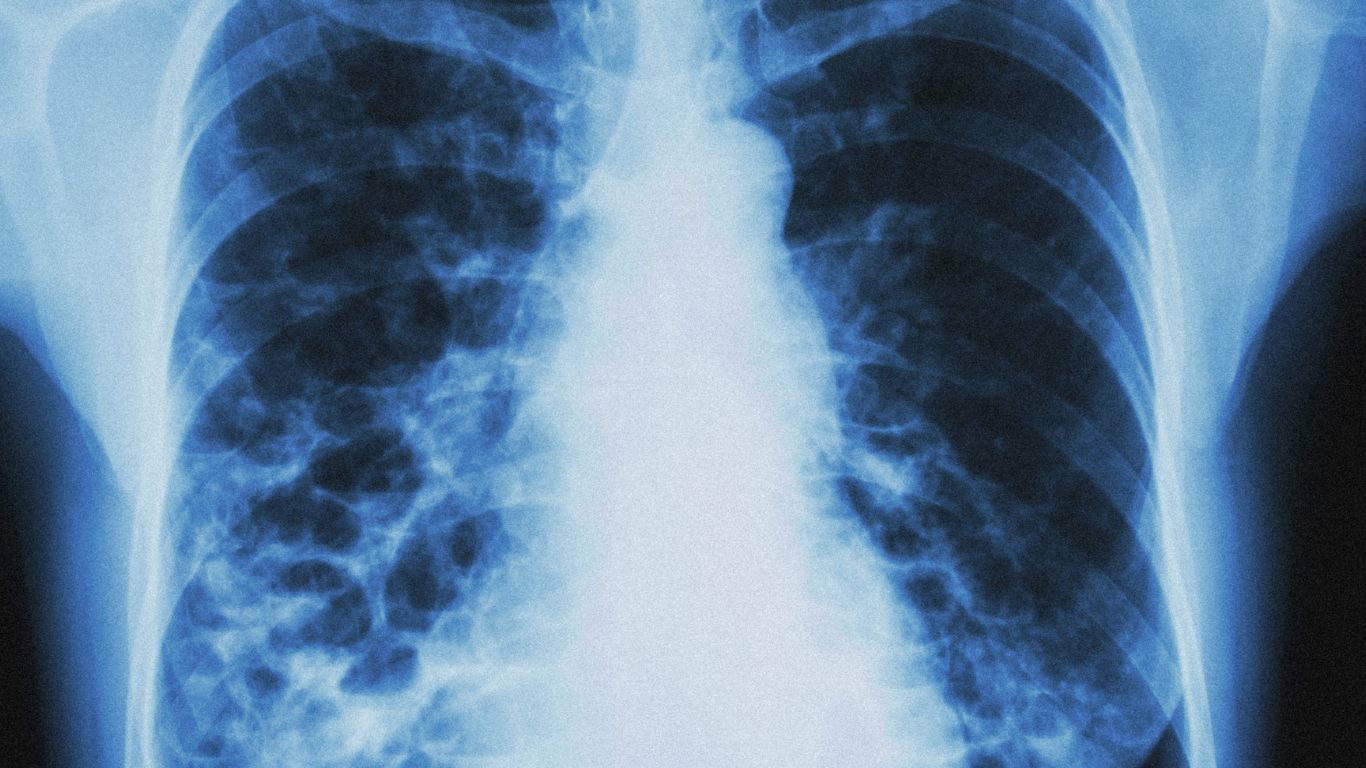Brinsupri becomes groundbreaking DPP1 inhibitor therapy addressing decades of unmet medical need in rare respiratory disease
Insmed Corporation achieved a historic regulatory milestone with FDA approval of Brinsupri, marking the first drug specifically approved for treating bronchiectasis, a debilitating respiratory condition that has lacked targeted treatments for decades.
The approval represents a breakthrough for the estimated 110,000 to 140,000 Americans living with bronchiectasis, a progressive disease characterized by abnormal widening and scarring of airways that leads to persistent cough, sputum production, and recurring infections.
Addressing Critical Unmet Medical Need
Bronchiectasis has long represented one of respiratory medicine’s most challenging treatment gaps. Unlike conditions such as asthma or COPD, which have multiple approved therapies, bronchiectasis patients have previously relied on off-label treatments and supportive care without access to disease-specific medications.
The condition involves a cycle of infection, inflammation, and progressive lung damage that significantly impacts quality of life and can lead to respiratory failure. Traditional approaches have focused on symptom management rather than addressing underlying disease mechanisms.
Novel Mechanism of Action
Brinsupri operates through dipeptidyl peptidase 1 (DPP1) inhibition, representing a first-in-class approach to bronchiectasis treatment. DPP1 plays a crucial role in activating neutrophil serine proteases, which contribute to the inflammatory cascade driving bronchiectasis progression.
By inhibiting DPP1, Brinsupri interrupts the inflammatory process that leads to continued airway damage, potentially slowing disease progression and reducing exacerbations. This mechanism addresses the underlying pathophysiology rather than merely managing symptoms.
Pivotal Trial Success
The FDA approval was supported by positive results from the Phase 3 ASPEN trial, which evaluated Brinsupri’s efficacy in reducing pulmonary exacerbations in adults with bronchiectasis. The study demonstrated statistically significant reduction in the rate of exacerbations compared to placebo.
Key efficacy endpoints showed meaningful clinical benefits including reduced frequency of disease flares, improved lung function measures, and enhanced quality of life scores. The safety profile supported the drug’s therapeutic benefit-risk ratio for chronic administration.
Market Opportunity and Commercial Potential
The bronchiectasis treatment market represents a significant unmet commercial opportunity. With limited treatment options previously available, Brinsupri enters a landscape with substantial pent-up demand from both patients and healthcare providers seeking effective therapeutic alternatives.
Market analysts estimate the global bronchiectasis therapeutics market could reach several billion dollars as awareness increases and diagnostic capabilities improve. Brinsupri’s first-mover advantage in FDA-approved therapy provides Insmed with a potentially dominant market position.
Insmed’s Strategic Portfolio
The Brinsupri approval strengthens Insmed’s position as a leader in rare respiratory diseases. The company’s existing portfolio includes Arikayce for Mycobacterium avium complex (MAC) lung disease, establishing expertise in complex pulmonary conditions.
This respiratory disease focus allows Insmed to leverage existing relationships with pulmonologists and specialized treatment centers while expanding its commercial infrastructure to serve broader patient populations with rare lung diseases.
Clinical Implementation and Access
Healthcare providers now have their first FDA-approved option specifically designed for bronchiectasis treatment, potentially transforming clinical practice patterns. The availability of an approved therapy may increase disease awareness and encourage more systematic diagnostic approaches.
Insurance coverage and patient access considerations will be crucial for Brinsupri’s commercial success. Insmed’s experience with Arikayce commercialization provides valuable insights for navigating payer negotiations and patient support programs.
Pipeline Implications
The successful Brinsupri development validates Insmed’s research capabilities in rare respiratory diseases and may support additional pipeline opportunities. The DPP1 inhibition mechanism could potentially apply to other inflammatory lung conditions beyond bronchiectasis.
Future development possibilities include combination therapies, pediatric indications, and exploration of the DPP1 pathway in related respiratory conditions where neutrophilic inflammation contributes to disease pathogenesis.
Patient Impact
For bronchiectasis patients who have waited decades for targeted treatment options, Brinsupri approval represents hope for improved disease management and quality of life. The first approved therapy may encourage increased research investment and additional treatment development.
Healthcare providers can now offer evidence-based treatment specifically designed for bronchiectasis rather than relying exclusively on off-label therapies with limited efficacy data in this patient population.



